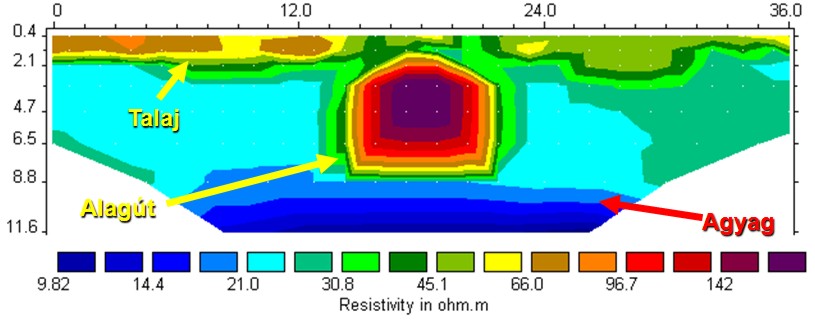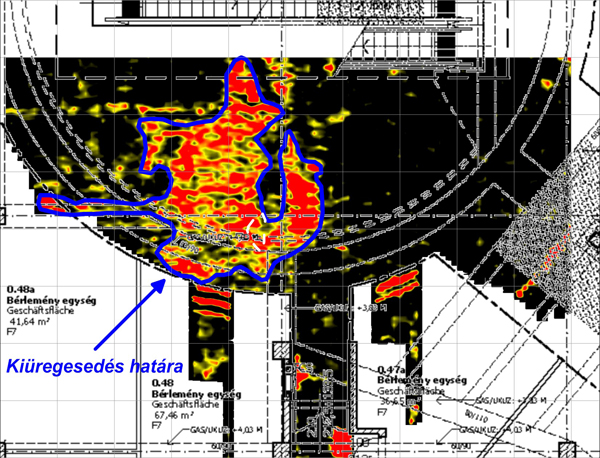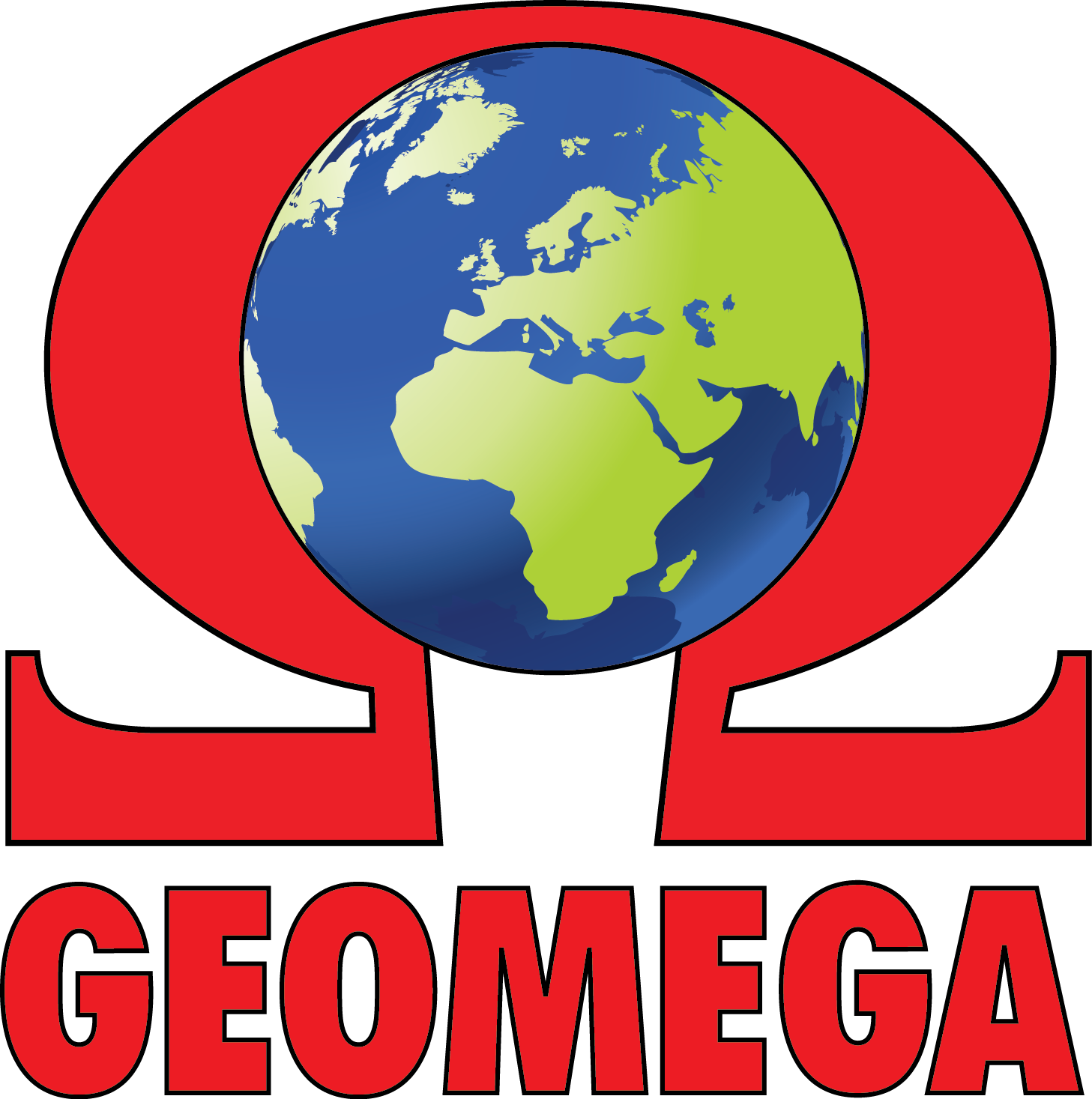Cavity detection
The collapse or even the detection of cavities often cause significant disruptions in case of construction works, pathways or everyday traffic. It is a critical problem, solution of which (i.e. the precise detection of cavities) is a hard task. Cavities can develop at different size and depth, and a densely organized drilling campaign aiming to search for cavities below the area is obviously neither economical nor non-destructive, not to mention those areas, which are not accessible with a drilling machine.
Geomega has been carrying on goal-specific developments in the field of cavity detection since the beginning of the company. Thanks to this we have gained large experience in detecting and mapping of cellars, cavities and wash-outs.
We usually use geoelectric, seismic and ground radar techniques during cavity detection.

Cavity detection in a shopping mall using radar measurements
Geomega has conducted geophysical survey in designated areas of a shopping mall using ground radar (GPR) technique. The primary goal of the measurements was to map the possible consequences of a pipe burst occurred six months earlier in the building using a non-destructive method. Prior to our measurements a so-called Enigma test was performed to provide an approximate location of the pipe burst. The extent of wetting / cavities was determined by 3D block measurement, which was found to fell partly below community areas (lobby, service corridor) and partly below operating shops. Within the shops we tried to continue the existing measurement network. Where this was not possible, we carried out additional line-based measurements for greater spatial coverage.
The GPR surveying provided results being in agreement with a priori knowledge and expectations. A large anomaly was detected directly beneath the concrete slab, which is likely indicating significant water abrasion. The shape of the anomaly indicates that wetting was affecting the approximate path of the pipeline – reparatory works were recommended to focus on this area. It was also recommended to change the soil of the wet and damaged area (maximum depth of which is 75-100 cm from the surface) under the concrete.

